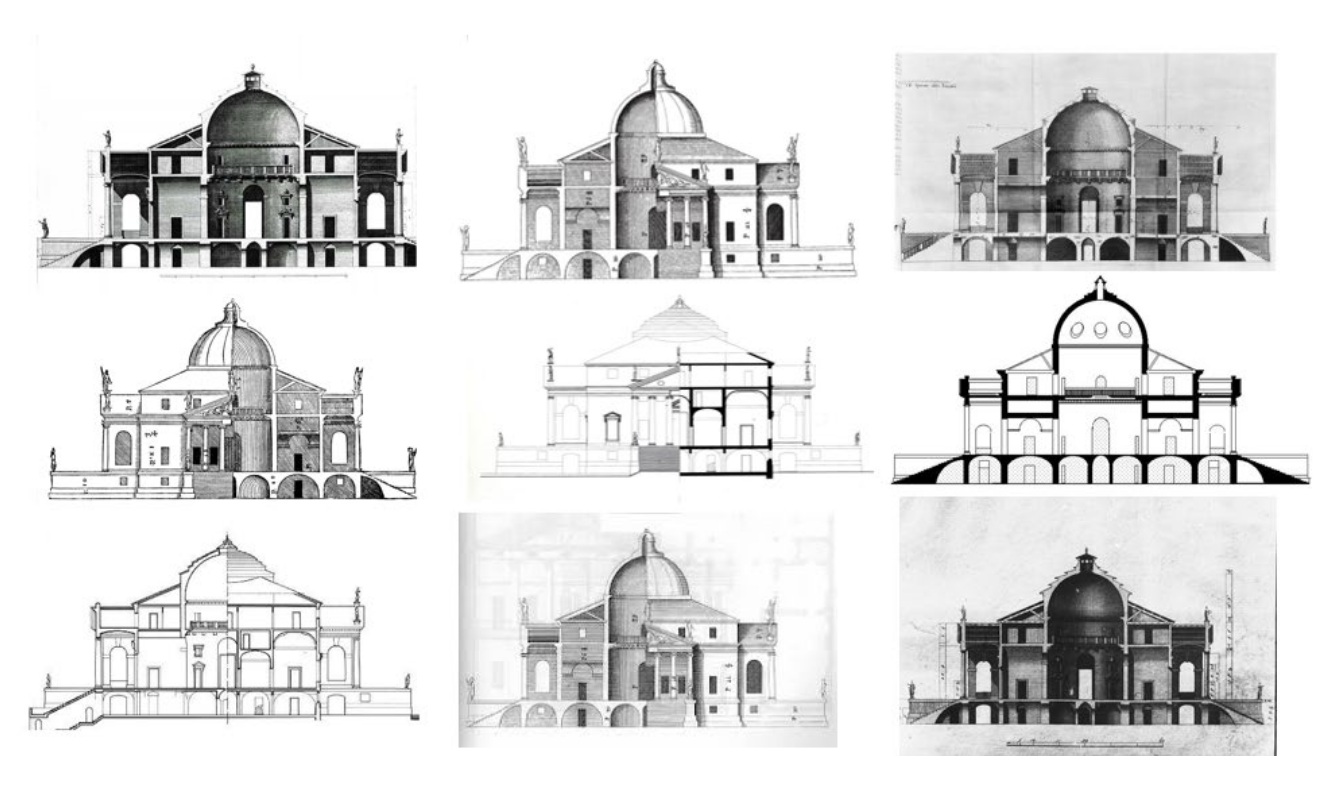Selected Topics in Urban Design: Simulation and Subjectivity

ARC3104H F
Instructor: Paul Howard Harrison
Meeting Section: LEC0101
Monday, 6:00pm - 9:00pm
“All models are wrong, but some are useful.”
—George Box
While artificial intelligence interacts with nearly every facet of our lives, its predictive logic is only as valuable as the datasets used in its making. Since this data only represents a small fraction of our lived experiences, the simulated ‘mental models’ employed by today’s artificial neural networks are often selective, biased, and inequitable.
This is familiar territory: our own mental models are equally susceptible to error and bias. These subjectivities are made apparent in our work, as well, from cities and buildings to the models and drawings that enable them. Like Box’s statistical models, architectural representations are biased and inaccurate—but often useful.
A new method of architectural authorship seeks to bypass subjectivity altogether. Consider the towers that twist to find an ideal sun angle, or the AI-generated circulation layout: these approaches often use simulation to justify a kind of performance-based certainty, but are instead entangled with the same error and bias found in all representation.
This should not dissuade us, however. AI and simulation can be vital components in fighting our intersecting climate, pandemic & inequality emergencies, but they need to be used with care and a critical mindset. By situating these technologies within the larger contexts of architectural representation and social equity, this seminar prepares students to critically employ AI and simulation through readings, seminars, and hands-on tutorials.

